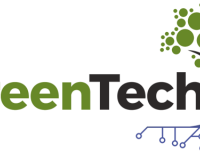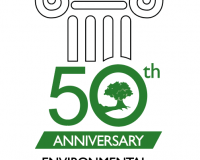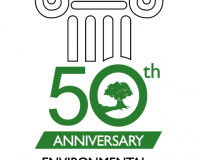
Vibrant Environment
All | Biodiversity | Climate Change and Sustainability | Environmental Justice | Governance and Rule of Law | Land Use and Natural Resources | Oceans and Coasts | Pollution Control

A number of bills have been introduced in recent years to price greenhouse gas (GHG) emissions via a federal carbon tax. These proposals proceed from the implicit assumption that the federal government in general, and the U.S. Environmental Protection Agency (EPA) in particular, does not already have such authority. But this assumption, according to former EPA Assistant Administrator and General Counsel E. Donald Elliott, is incorrect.


The easiest way to reduce emissions is to avoid producing them in the first place. Because a carbon fee makes it more profitable to avoid carbon emissions, it encourages businesses and individuals to conserve energy, reduce emissions, and develop innovative technology.

In May 2020, the International Network for Environmental Compliance and Enforcement (INECE) will celebrate the 30th anniversary of its first international workshop that was held in Utrecht, Netherlands. In the 30 years since its foundation, we have witnessed an explosion in the development of environmental laws around the world. For example, according to the First Global Report on the Environmental Rule of Law, there has been a 38-fold increase in environmental legislation since 1972.

“For everything there is a season,” says the old Pete Seeger song, quoting the much older still book of Ecclesiastes. It seems that we are currently in the season of walls. The physical manifestation of this particular period may be the issue of the wall on our southern border. But there are other walls, and some of them have law as their concrete or steel.

On the first Earth Day in 1970, Sen. Edmund Muskie called for “A total strategy to protect the total environment.” At that time – and for several decades – the overarching approach was one of regulatory compliance, largely directed by government. But the next 50 years of environmental protection will not look like the first 50—they will be driven by technology as much as by regulation.

On August 27, the New York Supreme Court struck down the New York Household Cleansing Product Information Disclosure Program (HCPDIP), which requires manufacturers to list chemical ingredients of concern on their website. The court struck down the HCPDIP on the basis that the New York Department of Environmental Conservation (DEC) did not follow proper procedures under the State Administrative Procedures Act (SAPA). The court stated that though the department issued it as a "guidance," it was in fact a binding rule and did not follow the proper procedures in creating a formal law. The HCPDIP was declared "null and void" and remitted back to the DEC for compliance with the SAPA. In light of the court’s ruling, cleaning product manufacturers no longer have to comply with listing requirements by January 2020.

It is estimated that over 800 million people will be at risk from the impacts of rising sea levels by 2050, concentrated among 570 coastal cities across the world. Some of these cities have already started to experience the impacts of sea-level rise and storm surges, which has catalyzed efforts by governments and individuals to begin preparing for more projected effects.

On August 12, 2019, the U.S. Fish and Wildlife Service (FWS) and the National Marine Fisheries Service (NMFS) (together the “Services”) jointly announced final revisions to their regulations for listing and delisting species, making critical habitat designations, and undertaking consultations with federal agencies under the Endangered Species Act (ESA). The final rules are here. These rules become effective 30 days from publication.

Our world is flooded with data, and the amount of data continues to increase exponentially. In a prior era, data primarily meant numbers. They were rather orderly, and they would typically be presented in a relatively structured way. That’s not the case today, however.
Data now are far more diverse and unstructured: words from a document that has been scanned into a computer; content of texts and tweets; website URLs; and photos and videos and more. And the continued generation of these data is what’s normal in our world today. If you’re a young adult, a student, or a child, this characterizes the world into which you were born, and it’s normal to you.

In the 1960s, a time of extreme air and water pollution across America, governments manifestly were failing to sustain a healthy environment. The conservation victories of the late 19th century and of the Progressive era in the 1920s had proven to be necessary but not sufficient. In April of 1965, the Conservation Foundation (CF) scoped out the growing threats to the North American environment with a conference at Airlie House just outside of Washington, D.C. Clearly, policies and laws were lacking.